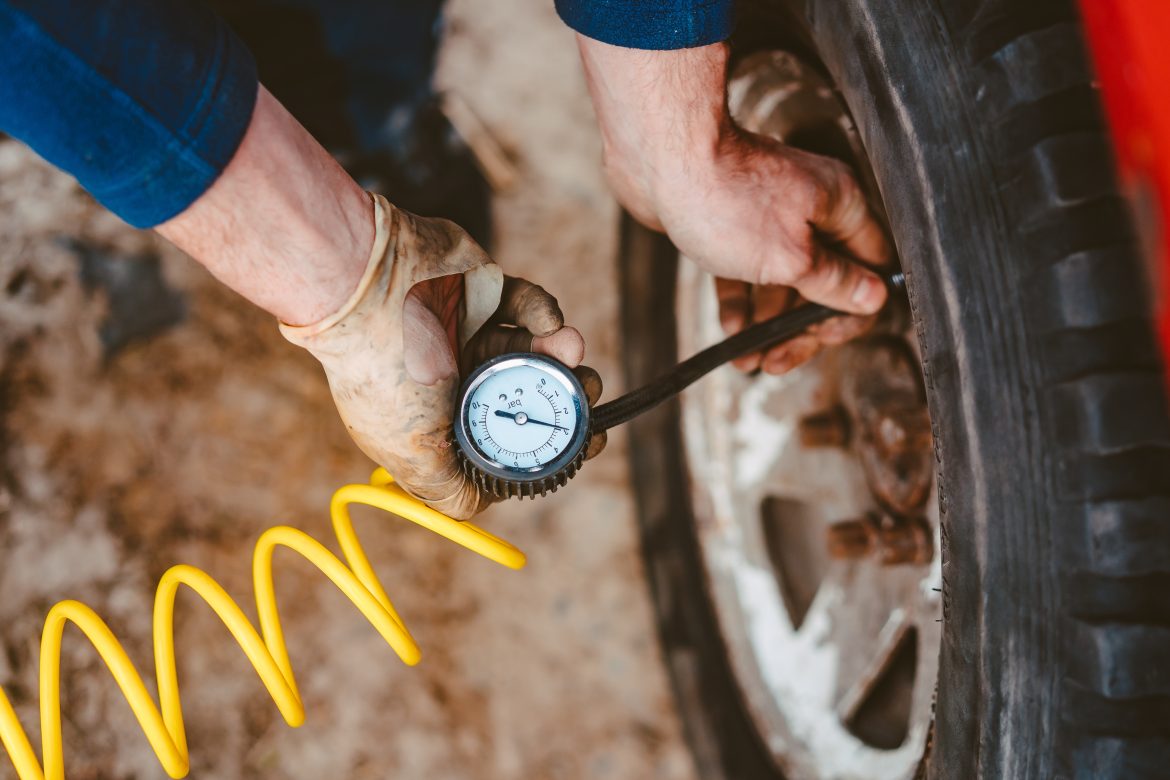
The Impact of Tire Pressure on Farm Equipment Performance
| June 9, 2025Farm equipment works hard every day, and like any machine, it needs proper care to run efficiently. One often overlooked but crucial factor is tire pressure. The right tire pressure not only prolongs tire life—it also improves equipment efficiency, saves fuel, and can even help increase your crop yield. 🌾🚜
In this article, we’ll break down how tire pressure affects farm equipment performance and what simple steps you can take to keep it in check.
👉 Looking to understand which tires are best suited for your tractor before focusing on pressure? Don’t miss our detailed guide: How to Choose the Right Agriculture Tires for Your Tractor: A Simple Farmer’s Guide.
📊 Why Tire Pressure Is Important in Farming
Farm machinery runs on soft soil and uneven terrain. The right tire pressure can:
- Spread the machine’s weight more evenly
- Improve traction and reduce slippage
- Protect soil by reducing compaction
- Lower fuel usage
- Help tires last longer
Incorrect tire pressure can wear down your machinery and harm your crops, affecting your overall farm profits.
❌ What Happens When Tire Pressure Is Too Low?
Low pressure might seem okay, but it brings several problems:
- Higher fuel use: The engine works harder because tires drag more
- Sidewall damage: Underinflated tires flex too much, causing internal wear
- Soil compaction: Even low-pressure tires can compact soil if the surface area is uneven
If your tractor feels slow or you’re using more fuel, low tire pressure could be to blame.
⚠️ Problems with High Tire Pressure
Too much pressure is also bad news:
- Less traction: Tires don’t grip the soil well, so machines slip more
- Rough rides: More vibration means less comfort and more wear on parts
- Uneven tire wear: Tires wear faster in the middle
Keeping pressure balanced helps your machinery run smoothly and efficiently.
🔢 How to Get the Right Tire Pressure
Tire pressure isn’t the same for every machine. It depends on:
- The type of equipment (tractor, sprayer, harvester)
- Tire brand and size
- Ground conditions
- How much load the machine carries
Check the equipment manual or the tire manufacturer’s chart for the right numbers. Always adjust pressure when changing attachments or carrying different loads.
Pro Tip: Lower tire pressure slightly for muddy fields to increase grip. Raise pressure for driving on roads to protect the tires.
🔍 Tools That Help Monitor Tire Pressure
Technology can make this job easy. Here are some helpful tools:
- TPMS (Tire Pressure Monitoring Systems): Show real-time pressure levels
- Digital gauges: Give accurate readings quickly
- Onboard inflators: Let you adjust pressure without stopping
These tools save time and prevent costly repairs or breakdowns.
✅ Easy Tire Care Tips
Keep your farm running smoothly with these habits:
- Check tire pressure before every use
- Look for cracks, cuts, or uneven wear
- Adjust pressure based on season and surface
- Park in a dry, shaded place
- Rotate tires regularly
Good maintenance extends tire life and boosts performance.
💼 Farmer Spotlight: John from Argentina
John, a soybean farmer in Argentina, installed a real-time pressure monitoring system on his harvester. In just one season, he:
- Saved 15% on fuel
- Had fewer repairs
- Improved yields by reducing compaction
A small change in tire pressure made a big difference.
🚀 Final Thoughts
Getting tire pressure right is a small habit with a huge impact. It helps you protect your land, save fuel, and work more efficiently.
Quick Recap:
- Check tire pressure often ✅
- Use tools to monitor it 📲
- Follow brand and equipment guidelines 📖
- Adjust based on field and load conditions 🌦️
Need help from experts? Contact Us today.
Take control of your tire care—and see better performance across your entire farm. 🌱💪


